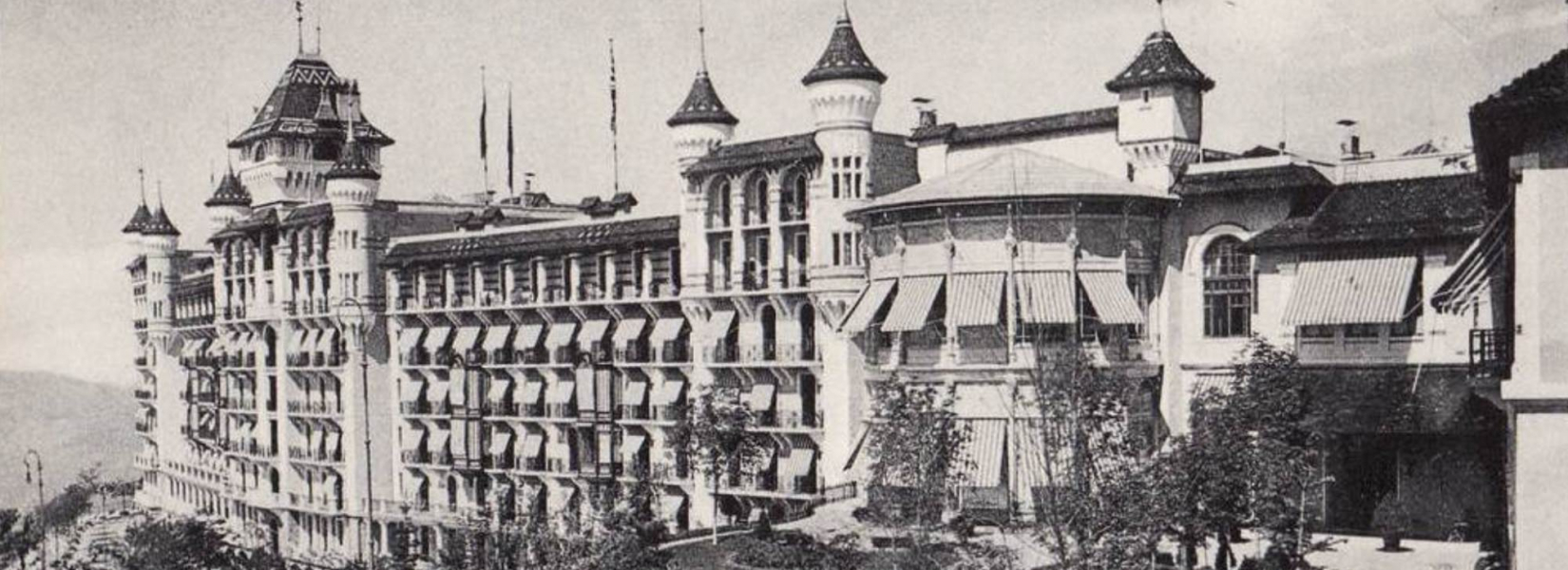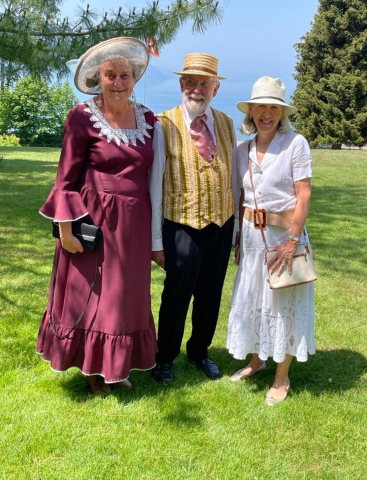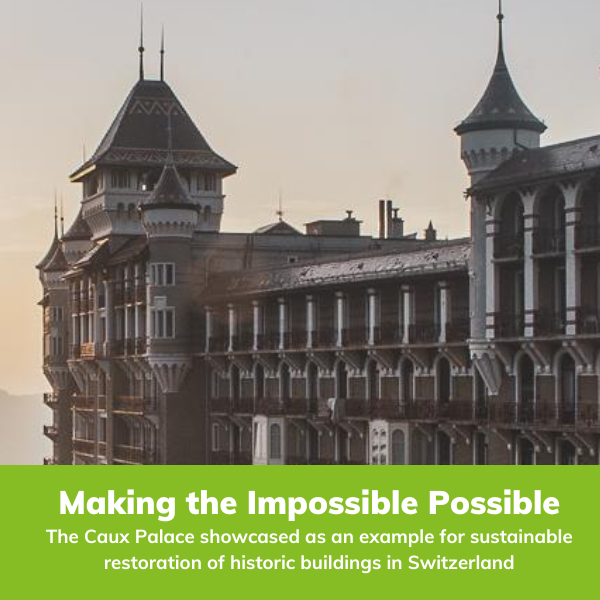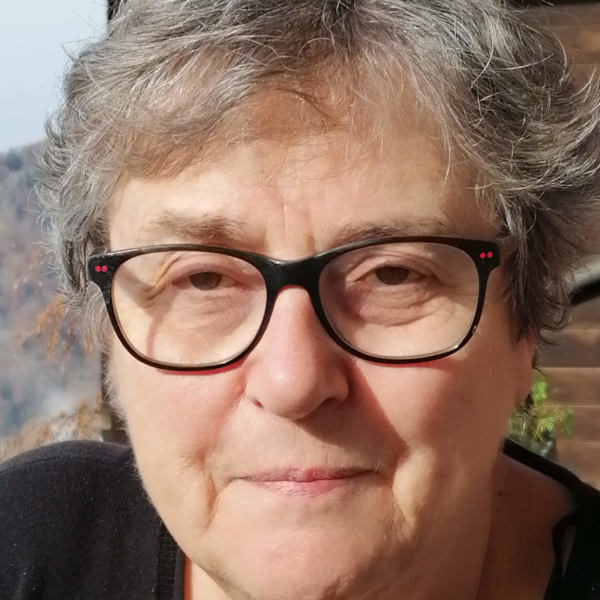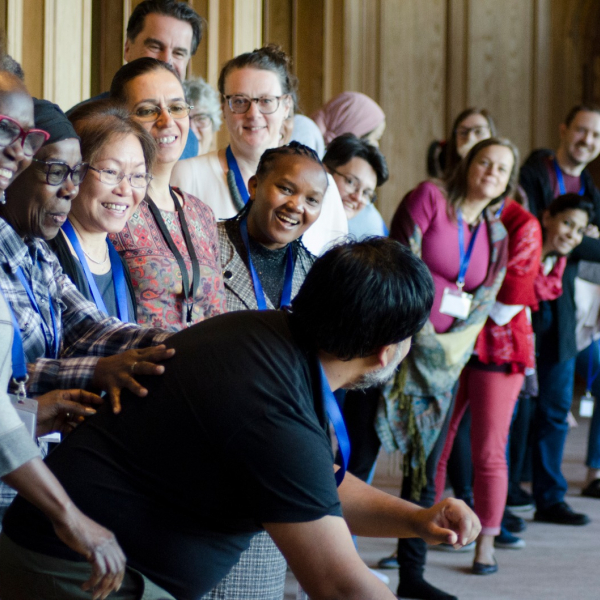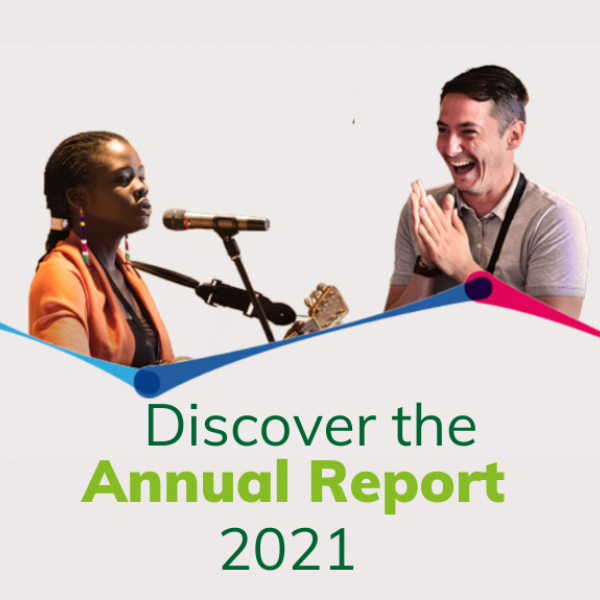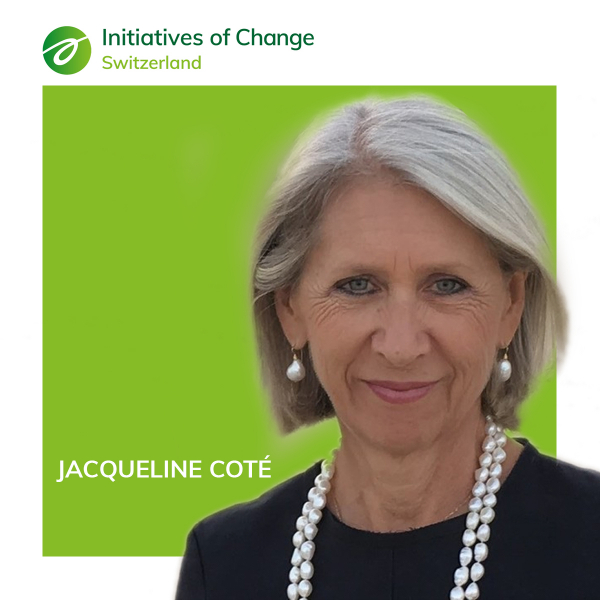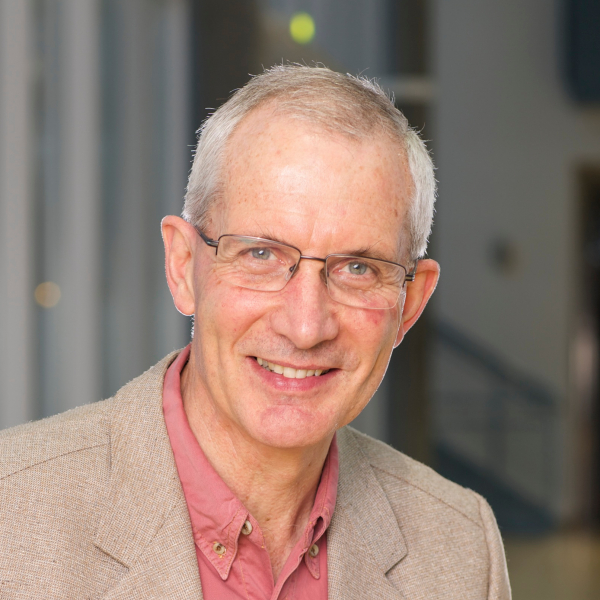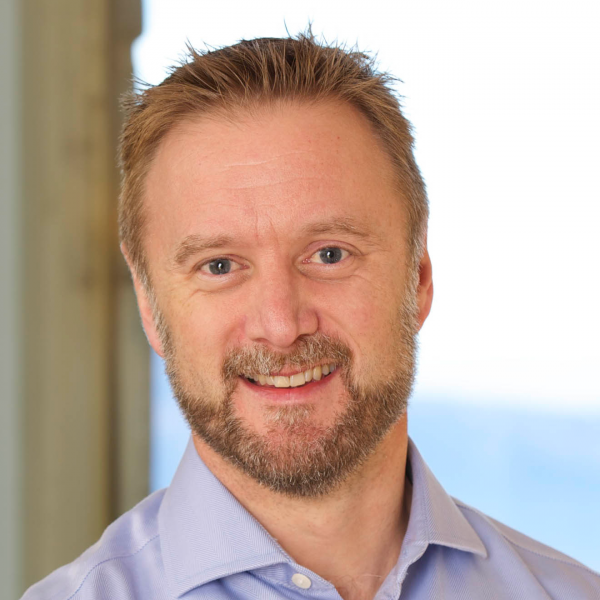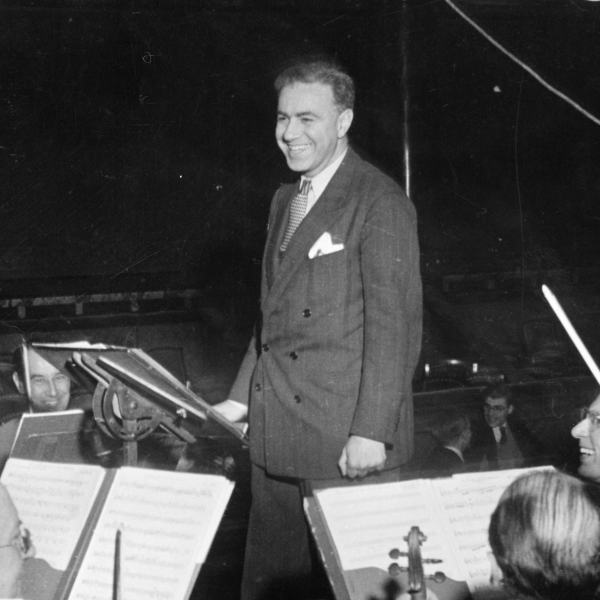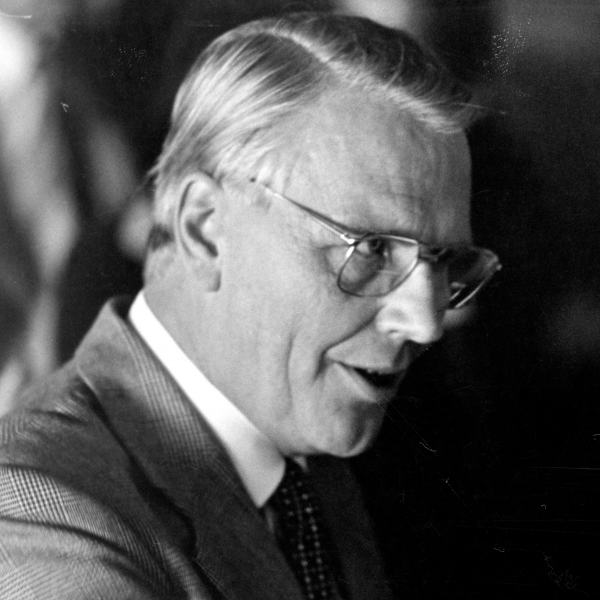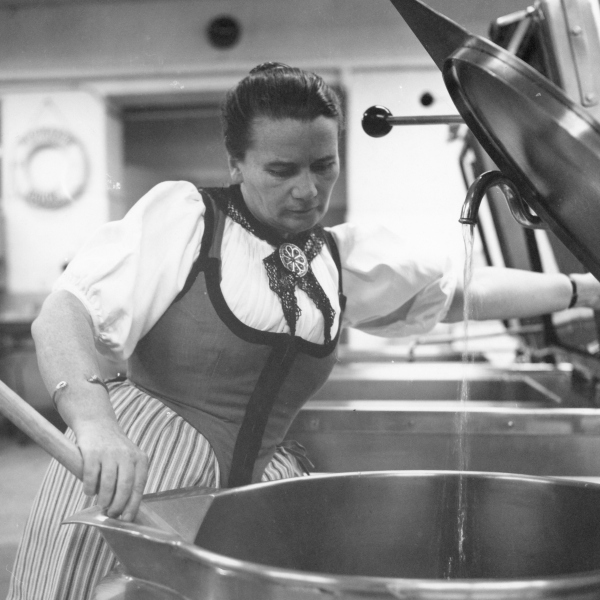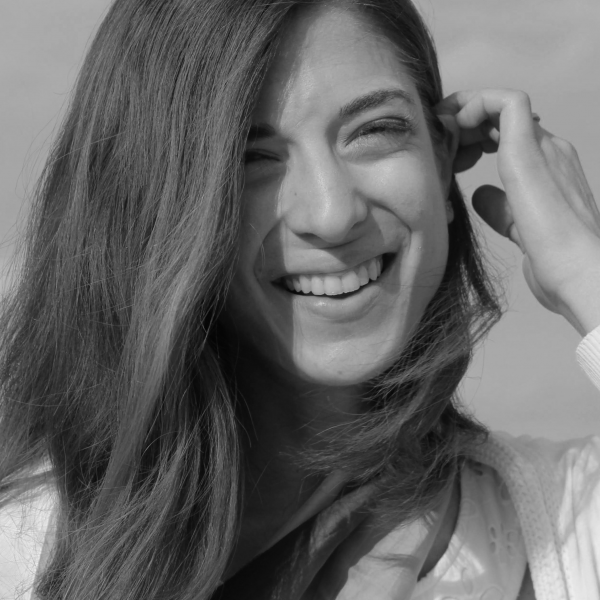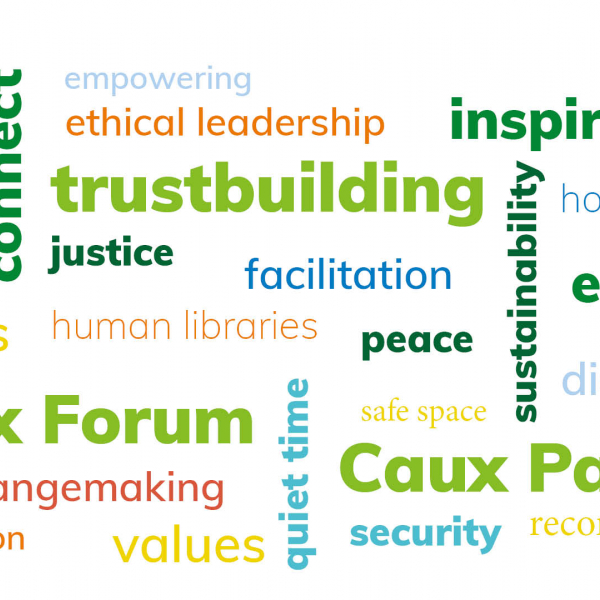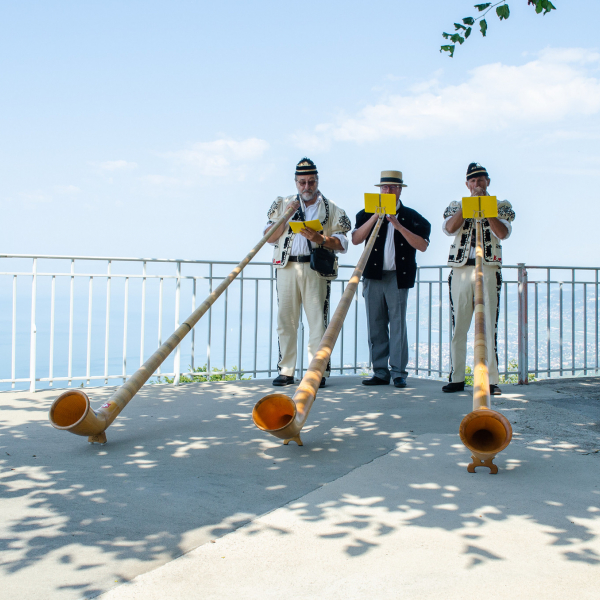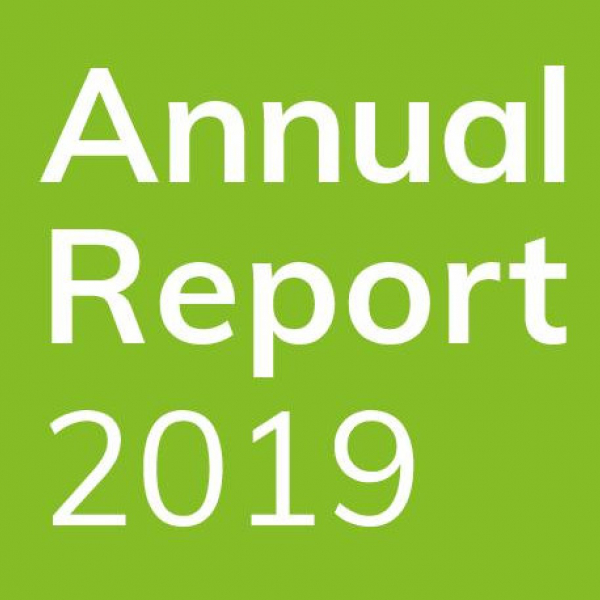Kawser Amine
Kawser Amine is the founder and CEO of WSPL. She was born and raised in Kabul, Afghanistan, and is a former member of the female Afghan national soccer team. Kawser earned a Bachelor's degree in General Management and specialized in International Relations at the Indian School of Business Management in New Delhi, India. She has worked with different parts of society as a young women leader and peace activist to improve the participation of women in leadership, governance, politics, peace processes and sports.
Phil Lane Jr.
Hereditary Chief Phil Lane Jr. is an enrolled member of the Ihanktonwan Dakota and Chickasaw Nations and is an internationally recognized leader in human, community and economic development. During the past 54 years, Chief Lane has worked with Indigenous Peoples from the Americas, Micronesia, South East Asia, China, India, Hawaii, and Africa.
Eljna Fleury
Ejna Fleury is an enrolled member of the Crow Creek Sioux Tribe, South Dakota, and is their first Tribal Peace Ambassador. She is a Mystic, Visionary & Ceremonialist. She is the co-founder of Healing Hearts at Wounded Knee and the Wounded Knee Global Ceremonies to heal the multi-generational and multi-lineal effects of massacre, holocaust, and war upon humanity, other species, and our beloved planetary home.
Visolela Rosalinda Namises
Visolela Rosalinda "Rosa" Namises is a social, gender equality and human rights activist and chief of the /Khomanin people in Namibia. She was a co-founder and director of Women’s Solidarity Namibia, a women’s organization combating gender-based violence in Namibia from 1989 – 2004. Visolela also served as a Member of Parliament from 1999-2005 and again in 2010.
Jake Jay-Lewis
Jake Jay-Lewin grew up in the Findhorn Ecovillage and Spiritual Community, Scotland, and has been active in the Ecovillage movement since 2013. He co-developped the youth-arm of the Global Ecovillage Network (GEN), NextGEN and was recently elected to GEN-Europe’s Council and Board of Trustees.
Caux in the Belle Epoque
By Andrew Stallybrass
18/07/2022
Sunday 19 June 2022 saw crowds of visitors and local people gathering in the park of the Caux Palace for the inauguration of a ‘Caux Belle Epoque’ self-guided walk.
president of IofC Switzerland
Some 150 people heard Olivier Gfeller, the Mayor of Montreux, officially open the nine information stands. These carry texts and photos in three languages, with QR codes leading to an audio-guide with further information, texts, photos and film clips.
The tour starts at Caux station, with the construction of the railway line, and continues with the Caux Palace and its clientele, the chapels and restaurants of the village, winter sports (bobsleigh, curling, skiing and skating), the Grand Hotel (where the Empress Sissi of Austria stayed), and ends in Haut-de-Caux, just above the Caux Palace.
The Belle Epoque, from the start of the 20th century up to the outbreak of the First World War, was the hamlet’s most glorious period, when it attracted a world elite and many of those days' rich and famous.
Many of the villagers manning the food stand and offering guided tours were in period costume, and, after the official speeches, a local group offered period dances and music, also in costume. Some 60 people took the opportunity to join guided tours of the period’s two most important constructions: the Caux Palace and the Grand Hotel. The day ended with a performance of Brahms’ ‘Ein Deutsches Requiem’ in the Caux Palace’s theatre as part of the Caux Musical Season.
The day marked a further strengthening of the sense of shared purpose and destiny between the local community and political authorities and IofC Switzerland, who have owned the Caux Palace since 1946, when they saved it from demolition by turning it into a conference centre.
Sofia Mariscal
Sofia Mariscal (Chihuahua, Mexico 1984) is a contemporary art curator and cultural manager who lives and works between Madrid, Mexico City and the northern Sierra Madre of Chihuahua State.
